Home>Gardening & Outdoor>Landscaping Ideas>What To Do With A Trampled Wildflower Garden
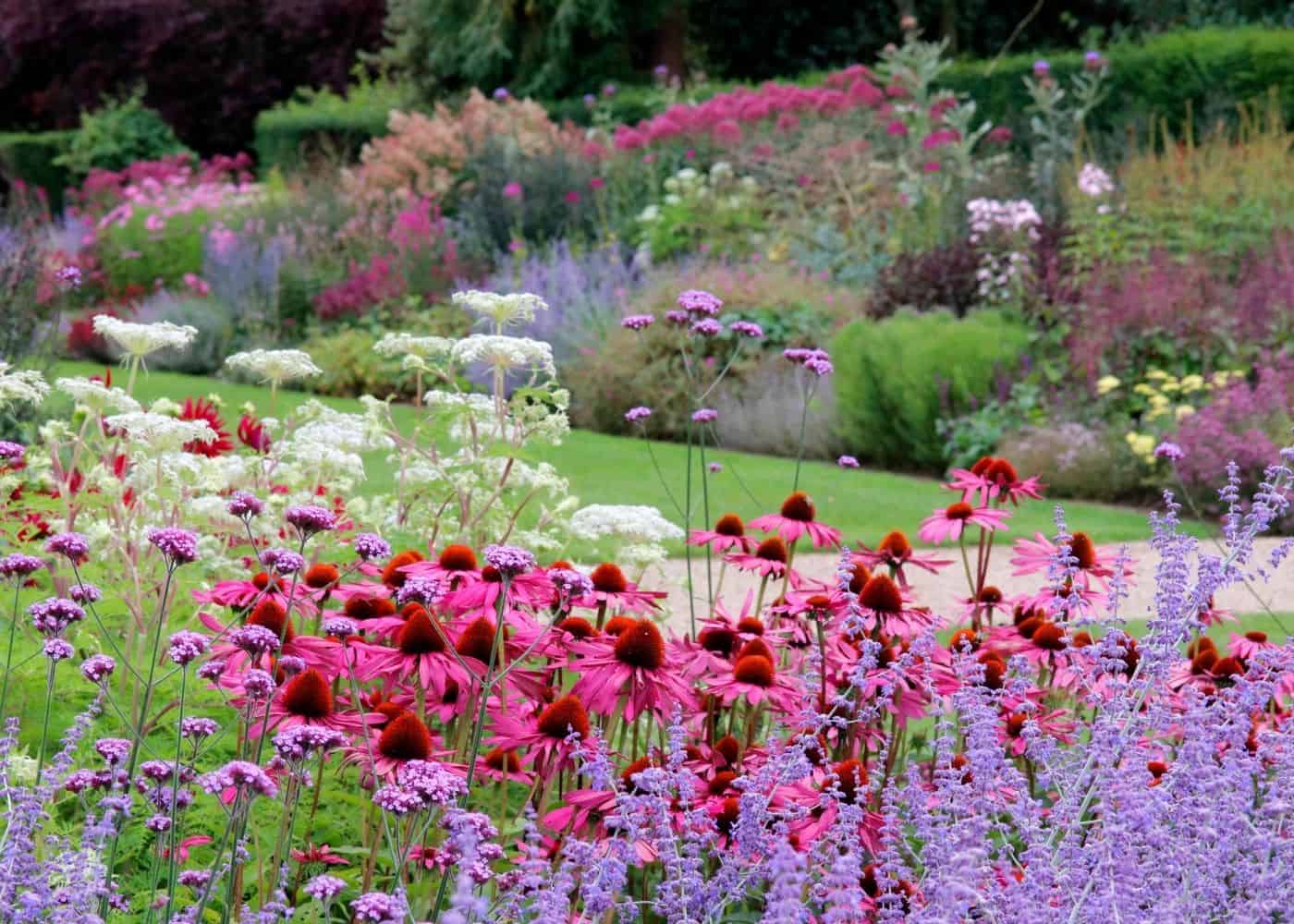

Landscaping Ideas
What To Do With A Trampled Wildflower Garden
Modified: December 25, 2023
Discover effective landscaping ideas for restoring a trampled wildflower garden. Learn how to revive and enhance your garden with our expert tips.
(Many of the links in this article redirect to a specific reviewed product. Your purchase of these products through affiliate links helps to generate commission for Storables.com, at no extra cost. Learn more)
Introduction
Wildflower gardens are a delightful addition to any landscape, offering bursts of vibrant colors and providing essential habitats for pollinators. However, these delicate ecosystems are not immune to accidental trampling, whether it’s due to playful pets, curious wildlife, or even human mishaps. Witnessing a trampled wildflower garden can be disheartening, but fear not—there are steps you can take to revive and restore the beauty of your garden.
In this comprehensive guide, we will explore the best practices for rejuvenating a trampled wildflower garden, from assessing the damage to implementing effective care and maintenance strategies. By following these steps, you can breathe new life into your garden and witness the resilient beauty of wildflowers once again.
Key Takeaways:
- Embrace the resilience of nature by assessing, clearing, and replanting a trampled wildflower garden. With attentive care, witness the vibrant beauty of wildflowers flourishing once again.
- Nurturing a wildflower garden post-trampling is a journey of stewardship and connection with nature. Through ongoing maintenance, celebrate the resilience and beauty of the garden’s inhabitants.
Read more: What Do Gardeners Do
Assessing the Damage
Before diving into the restoration process, it’s crucial to carefully assess the extent of the damage inflicted upon your wildflower garden. Take a moment to observe the affected area, noting the specific areas of trampling and the severity of the damage. Are the wildflowers simply flattened, or have they been uprooted or damaged beyond repair? Assessing the damage will guide your subsequent actions and help determine the best approach to restoration.
As you survey the garden, pay close attention to the resilience of the wildflowers. Many native wildflowers are surprisingly resilient and can bounce back from minor disturbances. Take note of any signs of regrowth or new shoots, as this can indicate the garden’s potential for recovery.
Additionally, consider the soil composition and overall health of the garden. Trampling can compact the soil, affecting its ability to nourish plant roots and sustain healthy growth. If the soil appears excessively compacted or damaged, remedial actions may be necessary to restore its vitality.
Furthermore, be mindful of any potential disruptions to the garden’s ecosystem. Trampling can disturb the habitats of beneficial insects, such as bees and butterflies, which play a pivotal role in pollination. Assess the presence of these vital pollinators and evaluate the impact of the trampling on their access to nectar and pollen sources.
By thoroughly evaluating the damage, you can gain valuable insights into the garden’s condition and formulate a tailored plan for its revival. Remember, while the sight of a trampled wildflower garden may initially seem disheartening, nature often possesses an incredible capacity for rejuvenation.
Clearing the Area
Once you have assessed the damage to your wildflower garden, the next step involves clearing the affected area to create a conducive environment for rejuvenation. This process entails delicately addressing the aftermath of the trampling while minimizing further disruption to the existing flora and fauna.
Begin by gently removing any debris or foreign objects that may have been introduced to the garden during the trampling incident. Carefully inspect the area and clear away any potential hazards, such as broken branches or displaced rocks, to ensure the safety of both the garden and its visitors.
When addressing trampled vegetation, exercise caution to avoid causing additional harm. Slowly and carefully lift any flattened wildflowers, taking care not to further damage their delicate stems or roots. If any plants have been uprooted, assess their condition and determine if they can be salvaged through replanting.
As you clear the area, consider the potential for soil compaction resulting from the trampling. Compacted soil can impede the growth of wildflowers and compromise the health of the garden. To address this, gently aerate the soil using a garden fork or similar tool, being mindful not to disturb the roots of nearby plants. This aeration process will help restore the soil’s structure and promote optimal conditions for new growth.
It’s important to approach the clearing process with patience and attentiveness, recognizing the resilience of the garden’s ecosystem. By delicately addressing the aftermath of the trampling and creating a nurturing environment, you set the stage for the garden’s revitalization and the flourishing of its vibrant wildflowers.
After a wildflower garden has been trampled, gently remove any debris and lightly water the area. Avoid walking on the garden to prevent further damage, and allow time for the plants to recover.
Replanting the Wildflowers
Replanting the wildflowers is a pivotal step in the restoration process, offering an opportunity to reintroduce vitality and color to the garden. This phase involves carefully tending to the displaced or damaged wildflowers, ensuring their successful reintegration into the garden’s ecosystem.
Begin by assessing the condition of the uprooted wildflowers. If the roots appear intact and healthy, they can likely be salvaged and replanted. Prepare the soil by loosening it gently with a trowel or fork, creating a welcoming environment for the reinserted plants. As you replant the wildflowers, maintain a mindful distance between them, allowing ample space for their roots to establish and thrive.
For any wildflowers that have suffered irreparable damage, consider replacing them with new specimens to replenish the garden’s diversity and vibrancy. Select native wildflower species that are well-suited to your region’s climate and soil conditions, enriching the garden with a diverse array of colors, shapes, and textures.
As you reintroduce the wildflowers to their rejuvenated habitat, provide them with the care and attention they need to thrive. Water the newly replanted wildflowers gently and consistently, ensuring that the soil remains moist but not waterlogged. Consider applying a layer of organic mulch to help retain moisture and protect the delicate roots from temperature fluctuations.
Throughout the replanting process, foster a sense of connection with the garden, recognizing the resilience and beauty of the wildflowers as they take root once more. By tending to the garden with care and reverence, you play a vital role in nurturing its natural splendor and supporting the flourishing of its precious inhabitants.
Maintenance and Care
After the initial restoration efforts, ongoing maintenance and attentive care are essential to support the continued growth and resilience of your wildflower garden. By implementing thoughtful maintenance practices, you can nurture the garden’s vitality and create an environment where wildflowers can thrive for seasons to come.
Regular monitoring is a fundamental aspect of garden maintenance, allowing you to observe the progress of the restored wildflowers and identify any emerging issues. Take time to inspect the garden, noting the growth patterns of the wildflowers and the presence of beneficial insects. This attentive approach enables you to address potential challenges proactively and celebrate the evolving beauty of the garden.
Watering plays a crucial role in maintaining optimal conditions for wildflower growth. Strike a balance between providing sufficient moisture and avoiding overwatering, as excessive moisture can compromise the health of the plants. Tailor your watering routine to the specific needs of the wildflowers, considering factors such as rainfall patterns and soil drainage.
As the wildflowers flourish, consider the potential benefits of organic fertilizers to support their growth. Select fertilizers that are tailored to the needs of native wildflowers, providing them with essential nutrients while respecting the delicate balance of the garden’s ecosystem.
Furthermore, embrace the natural beauty of the wildflower garden by allowing certain areas to transition into naturalized settings. Embracing a more relaxed approach to maintenance can foster the development of diverse habitats and create havens for native wildlife, enriching the ecological tapestry of the garden.
Lastly, take time to appreciate the evolving tapestry of colors and textures that define the wildflower garden. Embrace the seasonal variations and the dynamic interplay of wildflowers, and allow their inherent beauty to inspire moments of tranquility and wonder.
By nurturing the wildflower garden with attentive care and thoughtful maintenance, you play an integral role in preserving its natural splendor and supporting the intricate web of life that thrives within its blossoming borders.
Read more: What To Do With Wildflower Pollen
Conclusion
Reviving a trampled wildflower garden is a testament to the resilience of nature and the profound impact of attentive care. As you embark on this restoration journey, remember that every step you take contributes to the garden’s rejuvenation and the flourishing of its vibrant inhabitants.
Through the process of assessing the damage, clearing the area, replanting the wildflowers, and embracing ongoing maintenance, you have the opportunity to forge a deeper connection with the natural world. Each action you take is a gesture of stewardship, nurturing the delicate balance of the garden’s ecosystem and fostering a haven for native wildlife.
As the wildflowers unfurl their petals and dance in the breeze, the garden becomes a living tapestry of colors, textures, and fragrances. It becomes a sanctuary for pollinators, a source of inspiration, and a testament to the enduring beauty of the natural world.
In the midst of this restoration process, take moments to pause and revel in the simple yet profound pleasures that the wildflower garden offers. Whether it’s the sight of a delicate bloom, the hum of a visiting bee, or the gentle rustle of leaves in the wind, these experiences remind us of the interconnectedness of all living things and the profound impact of our stewardship.
As you witness the garden’s transformation and the resilience of its wildflowers, you become a guardian of a living masterpiece—a testament to the enduring beauty of the natural world. By tending to the wildflower garden with care and reverence, you not only restore its splendor but also cultivate a deeper appreciation for the intricate tapestry of life that unfolds within its blossoming borders.
So, as you continue this journey of restoration and stewardship, may the wildflower garden serve as a source of joy, inspiration, and connection—a living testament to the enduring beauty and resilience of the natural world.
Frequently Asked Questions about What To Do With A Trampled Wildflower Garden
Was this page helpful?
At Storables.com, we guarantee accurate and reliable information. Our content, validated by Expert Board Contributors, is crafted following stringent Editorial Policies. We're committed to providing you with well-researched, expert-backed insights for all your informational needs.
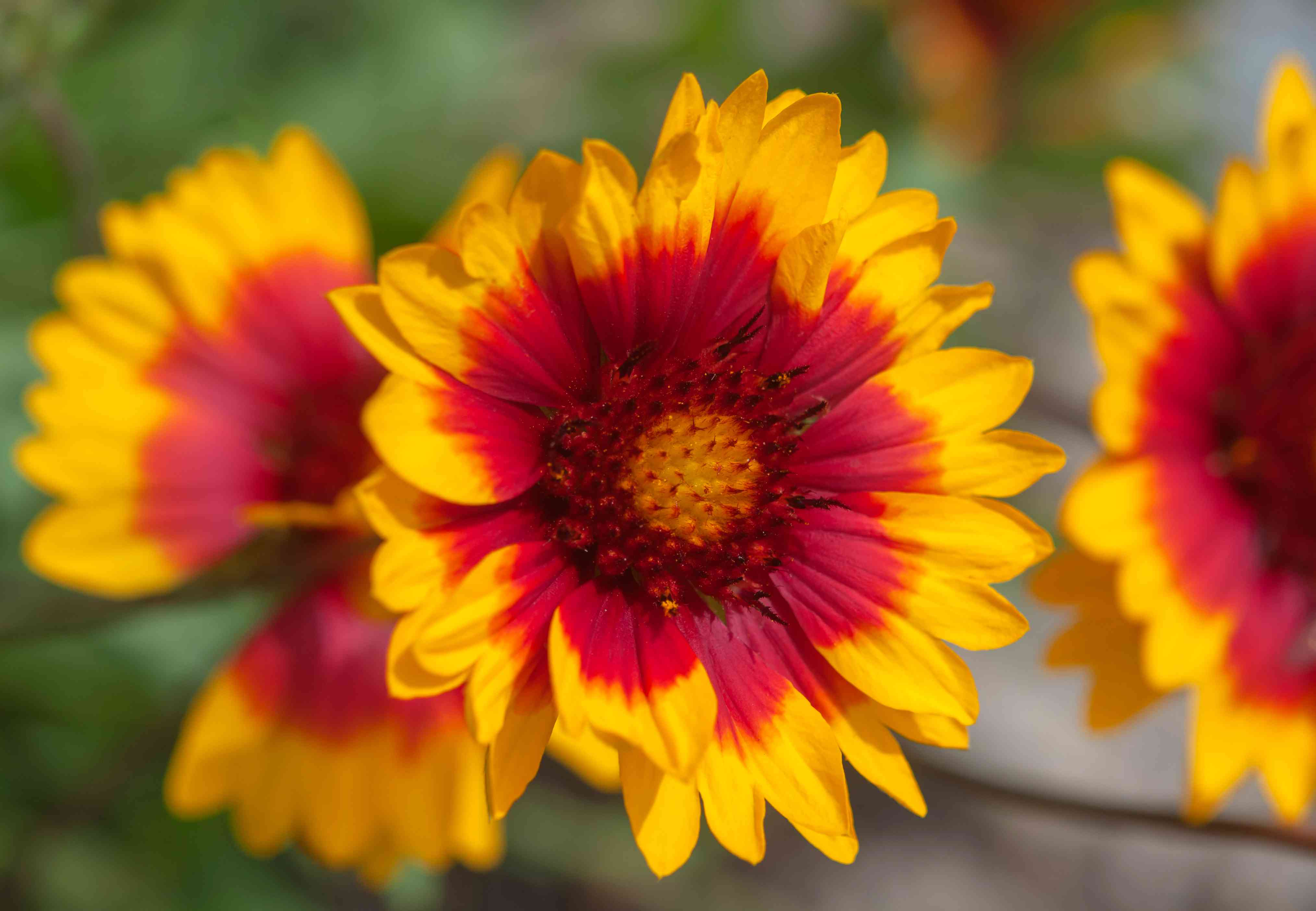
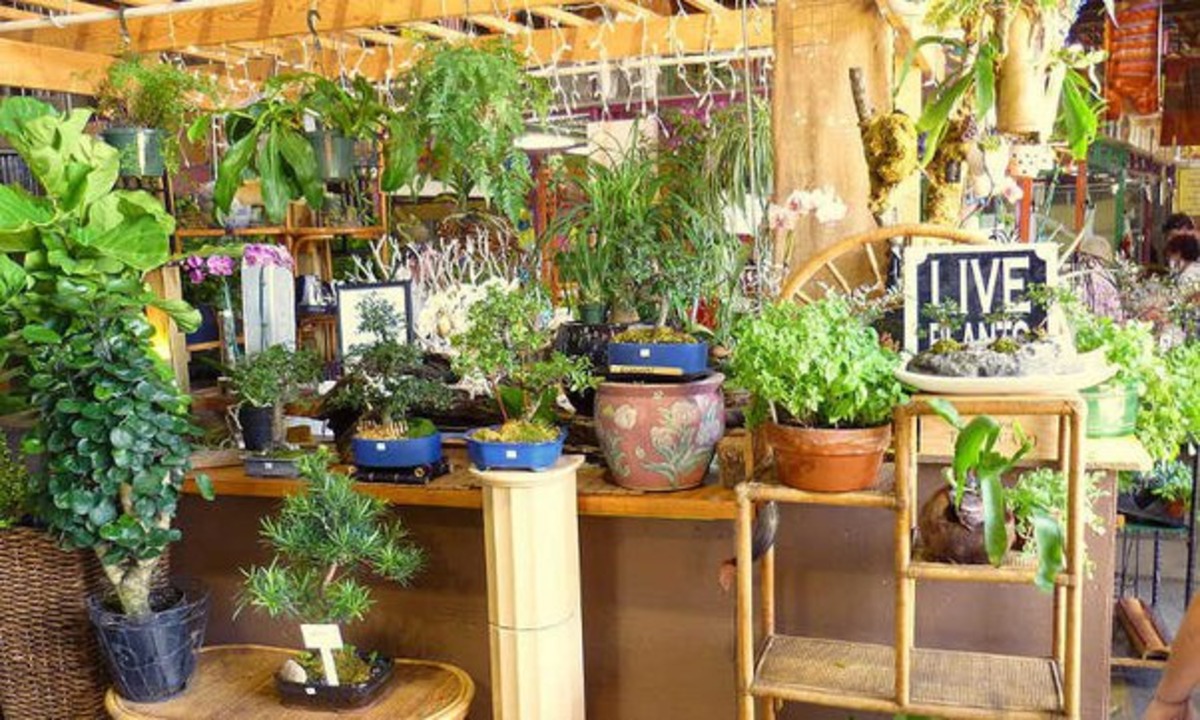
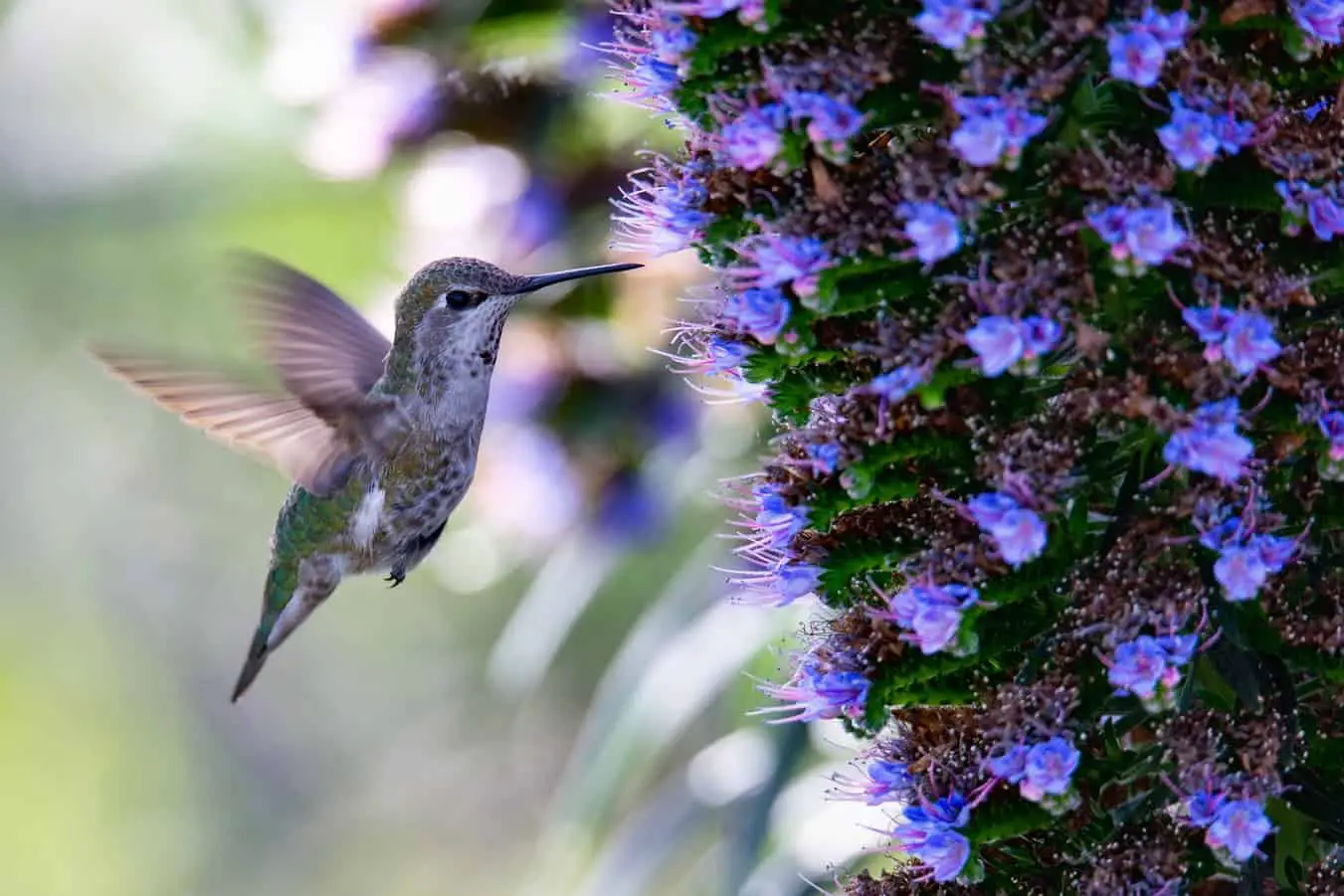
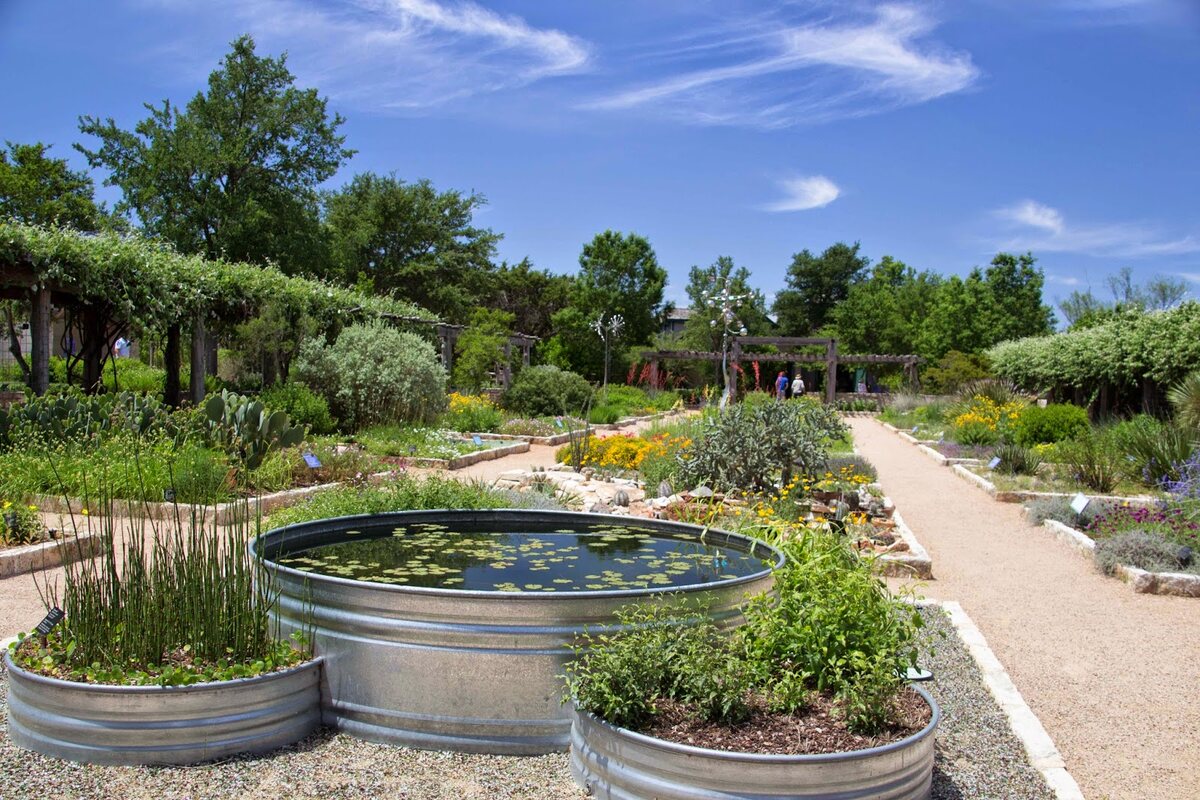
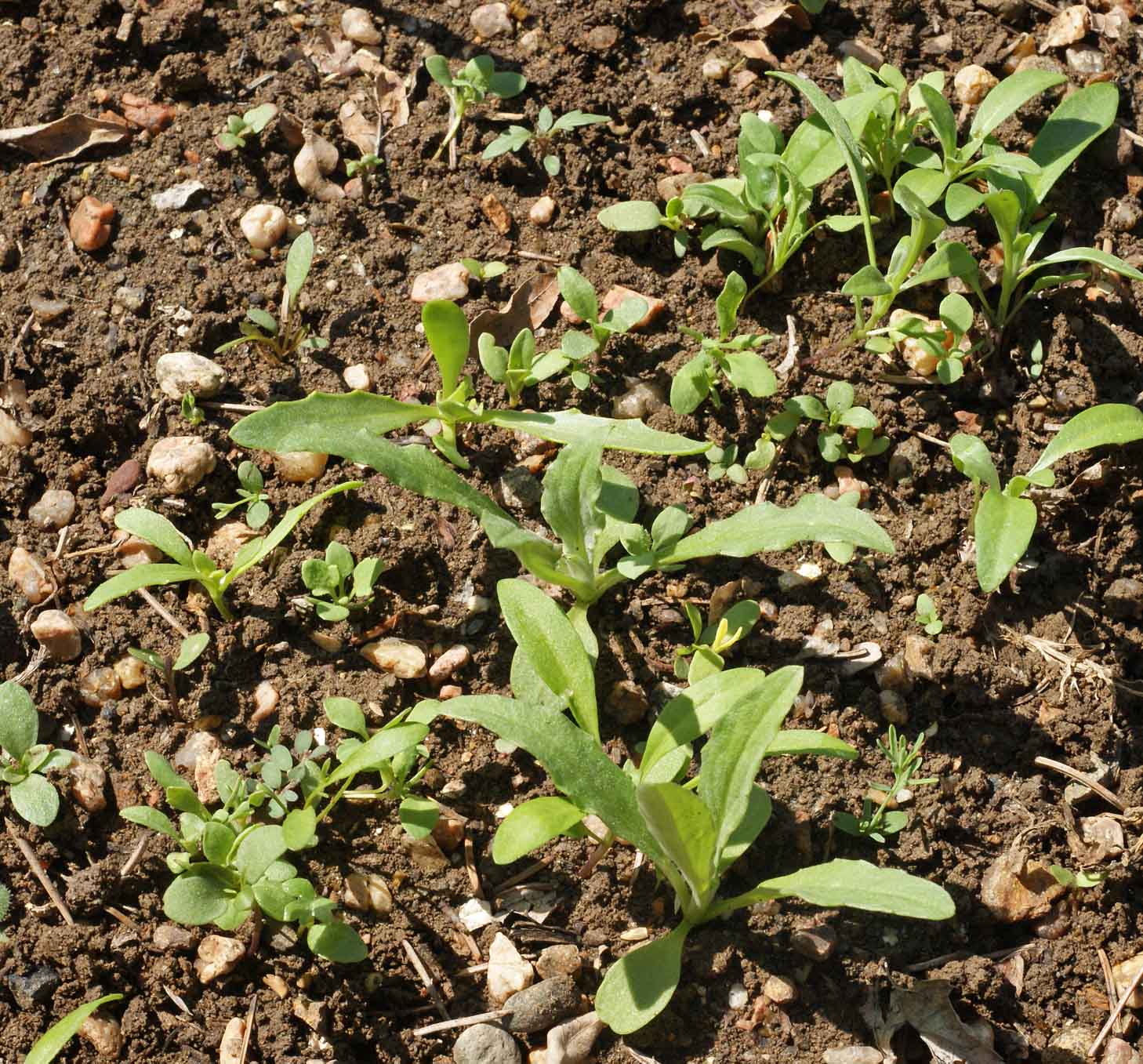
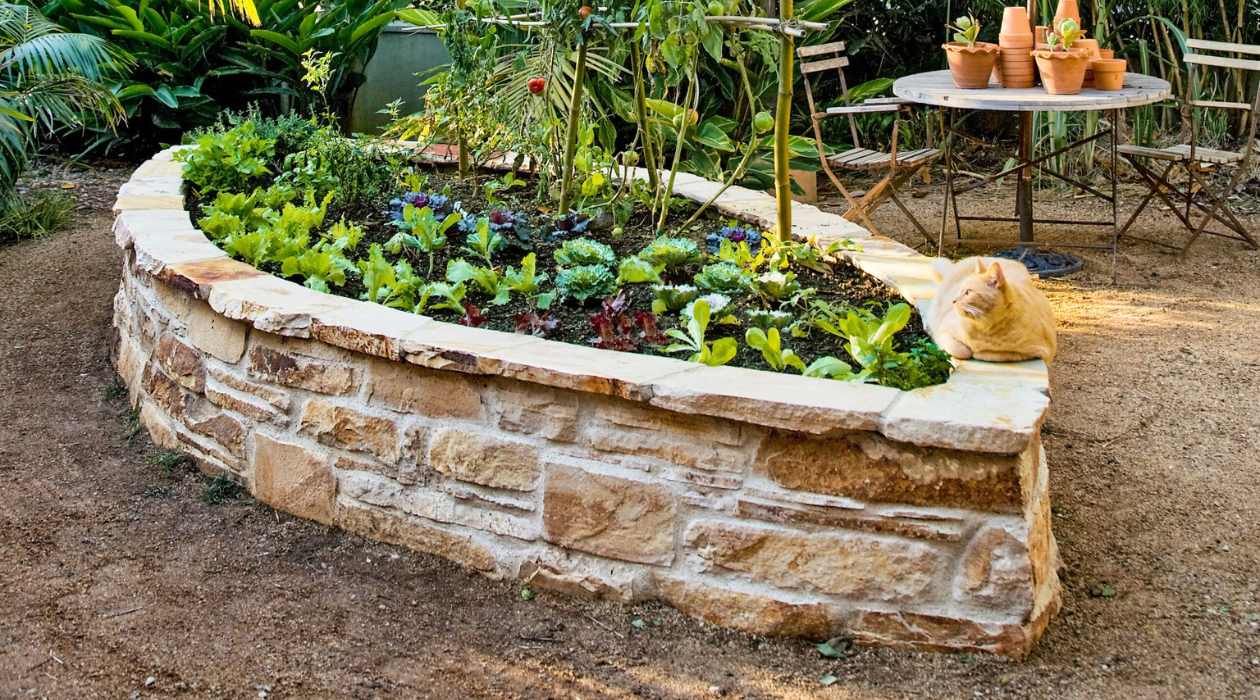
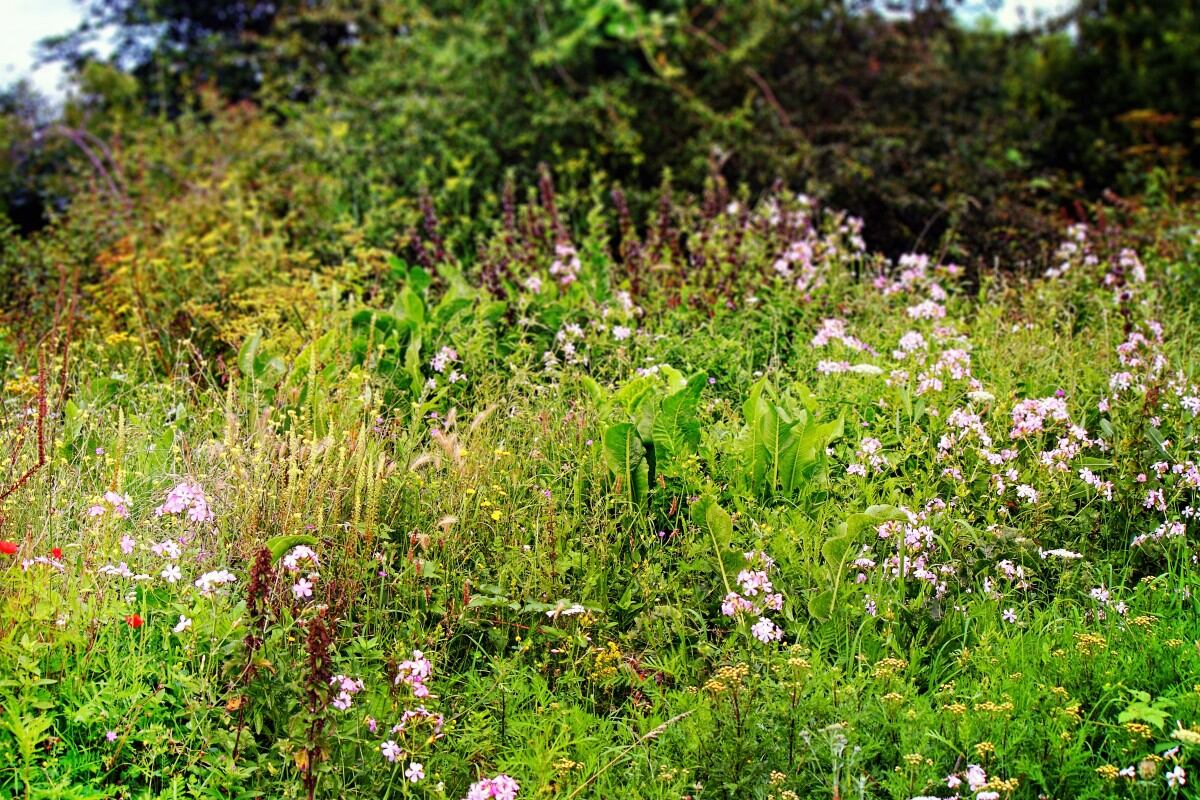
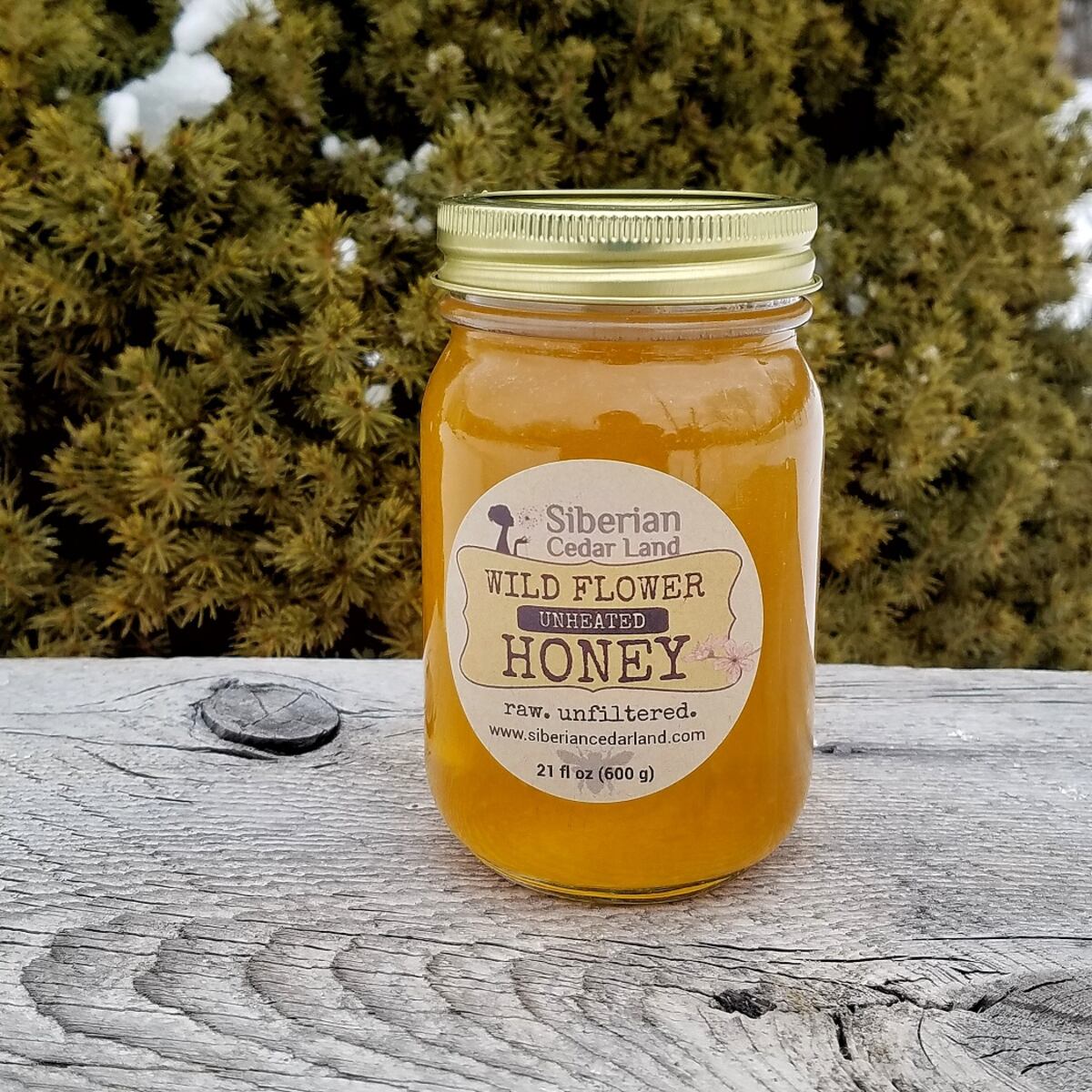
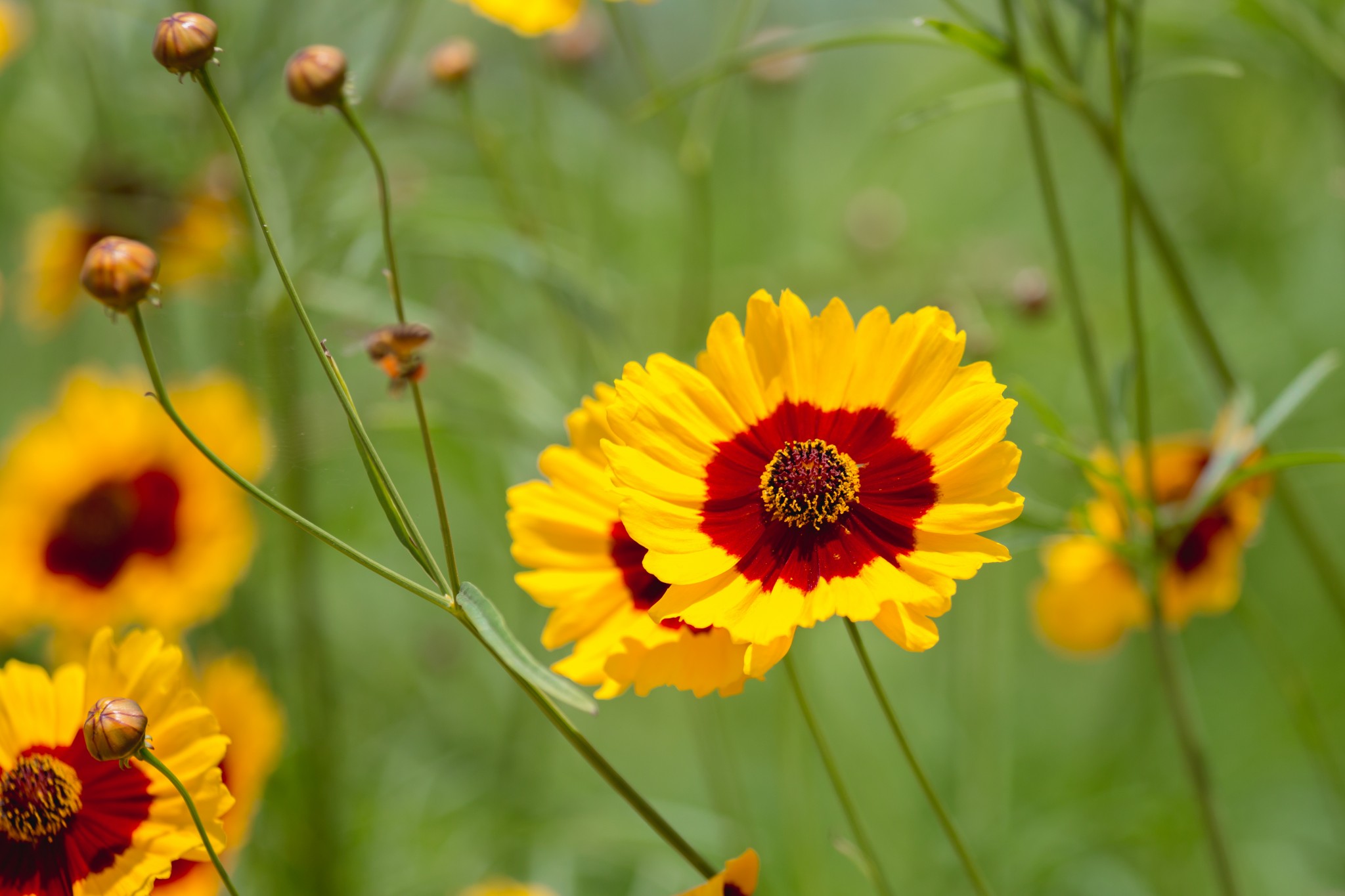
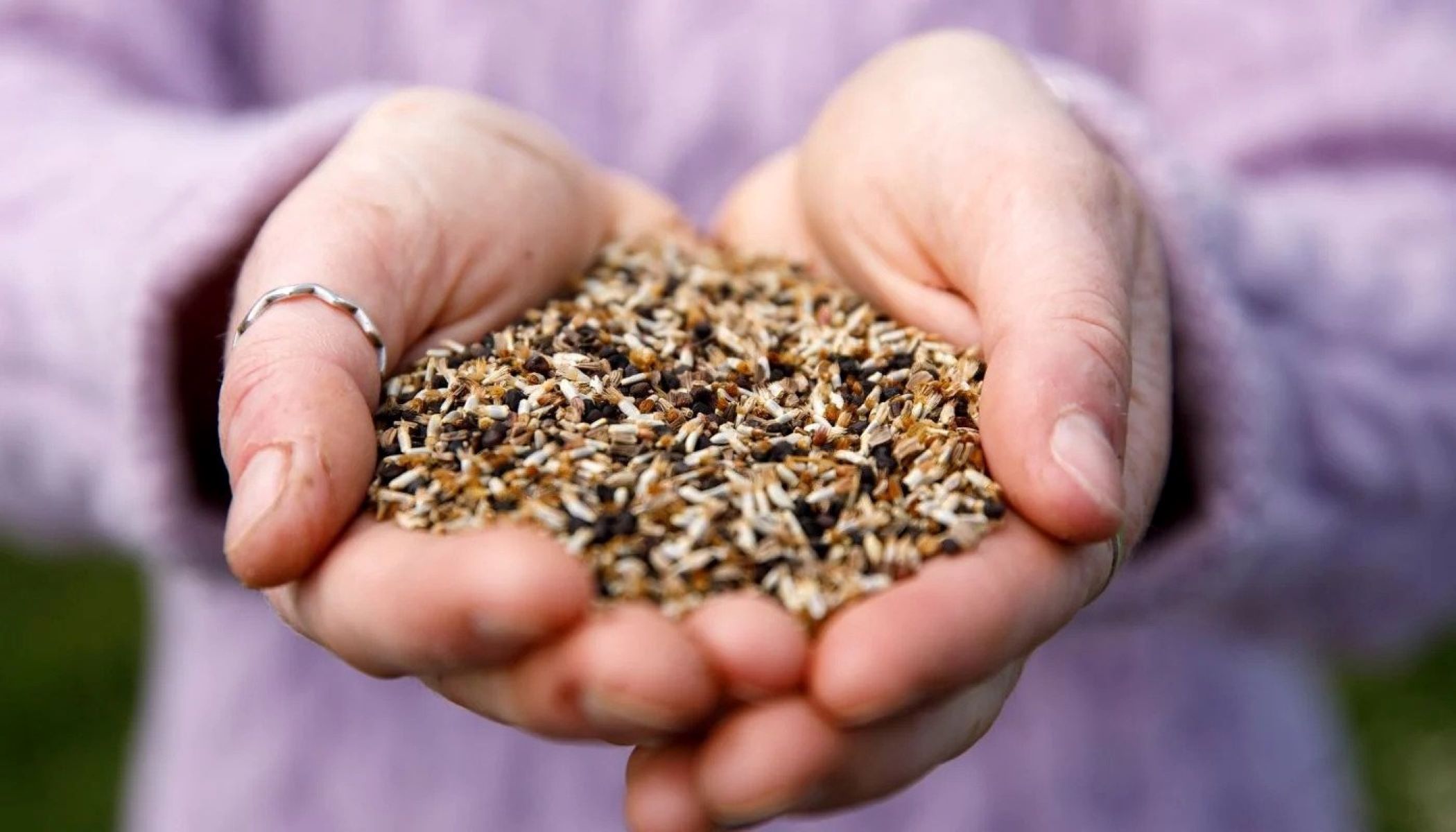
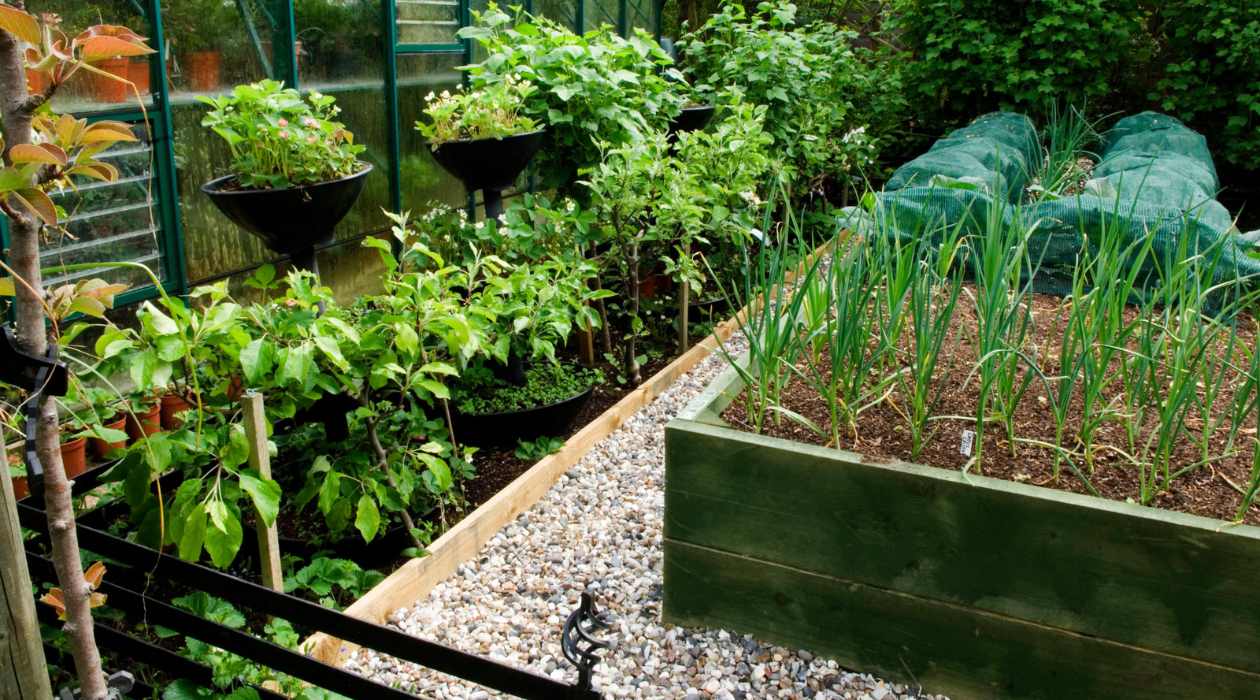
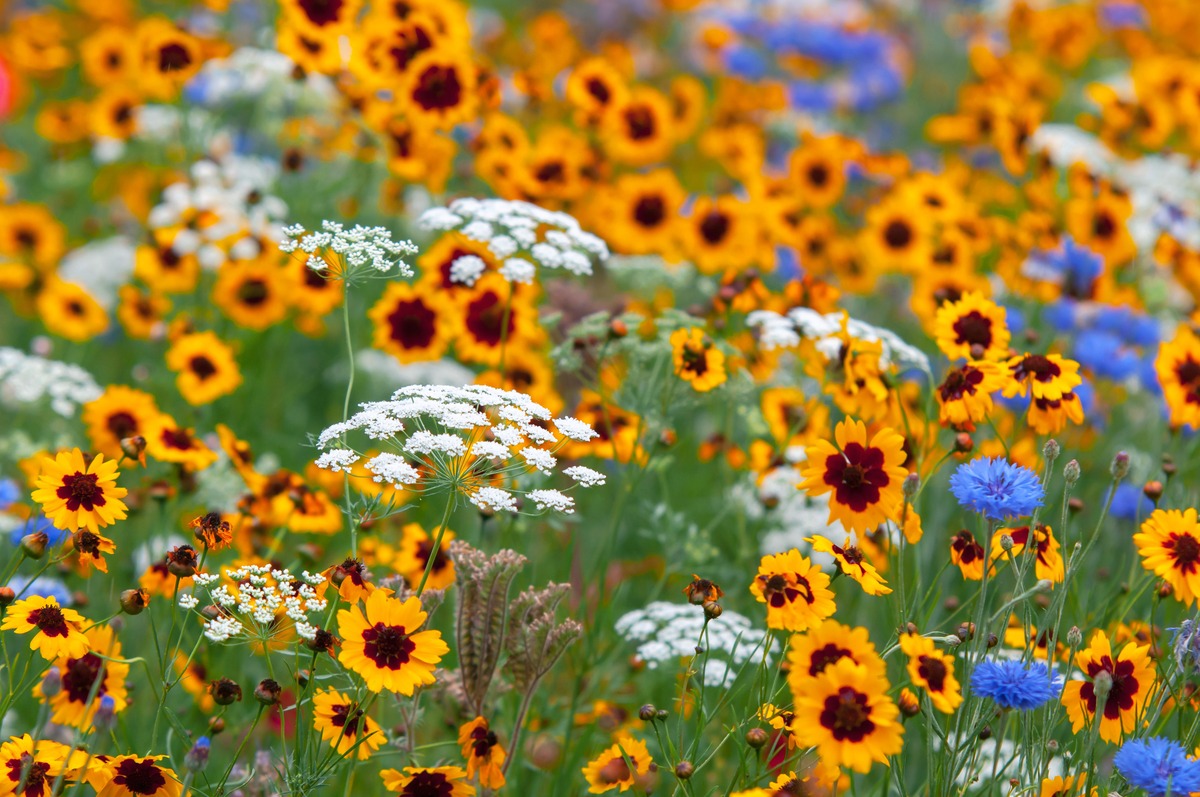
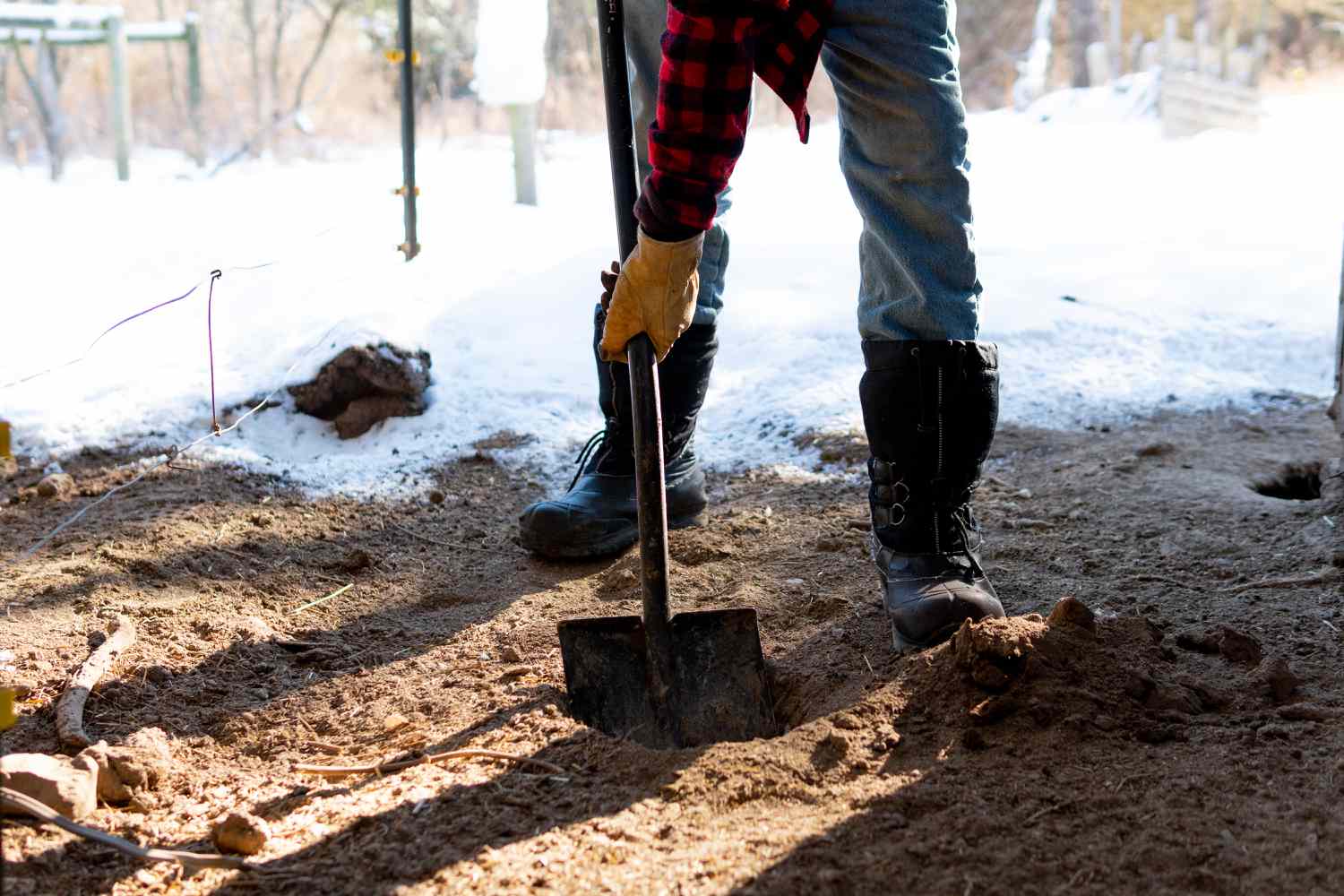
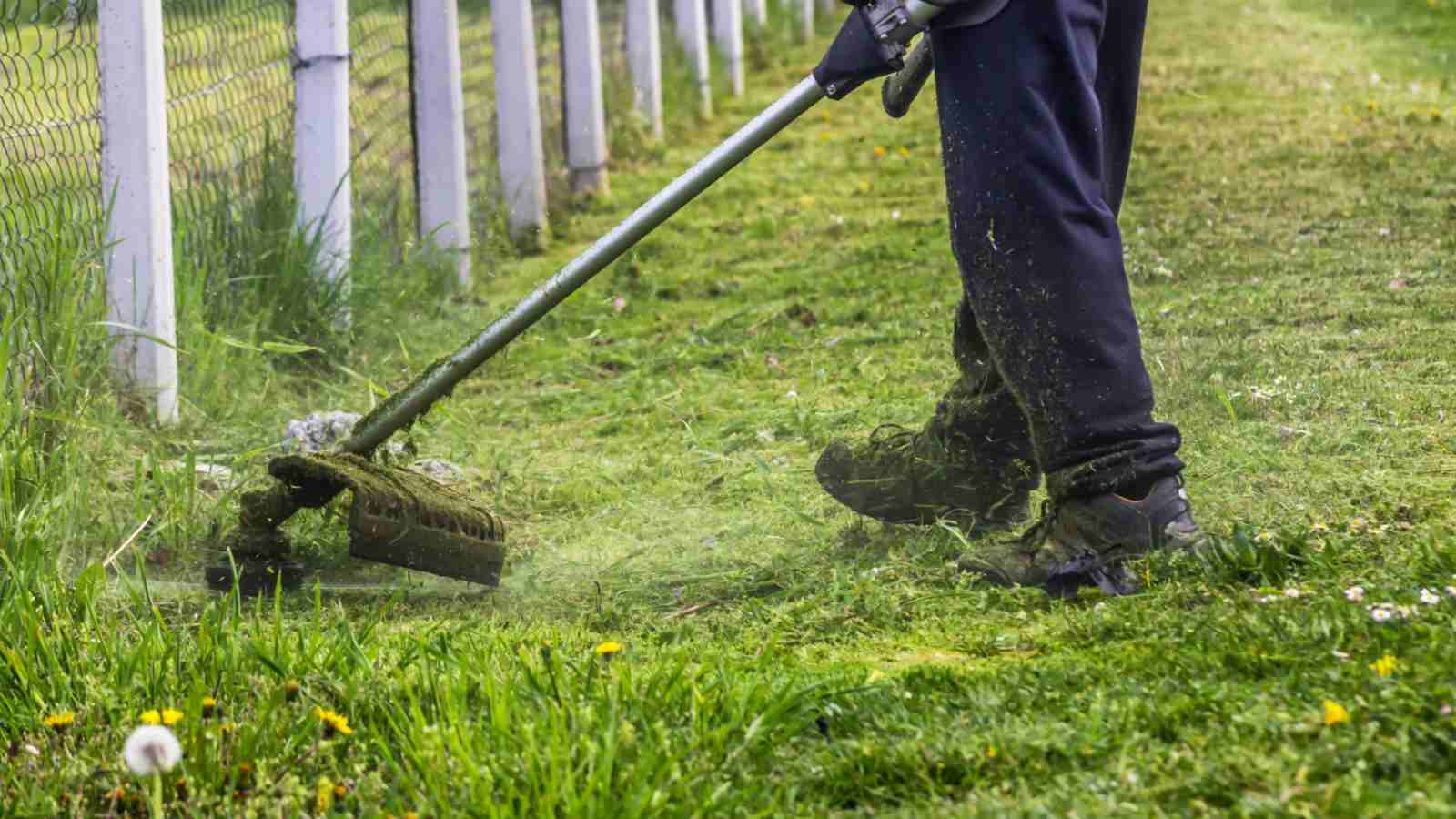

0 thoughts on “What To Do With A Trampled Wildflower Garden”